Forums
- Forums
- Duggy's Reference Hangar
- RAF Library
- Westland Welkin
Westland Welkin
Post a reply
- Go to Previous topic
- Go to Next topic
- Go to Welcome
- Go to Introduce Yourself
- Go to General Discussion
- Go to Screenshots, Images and Videos
- Go to Off topic
- Go to Works in Progress
- Go to Skinning Tips / Tutorials
- Go to Skin Requests
- Go to IJAAF Library
- Go to Luftwaffe Library
- Go to RAF Library
- Go to USAAF / USN Library
- Go to Misc Library
- Go to The Ops Room
- Go to Made in Germany
- Go to Campaigns and Missions
- Go to Works in Progress
- Go to Juri's Air-Raid Shelter
- Go to Campaigns and Missions
- Go to Works in Progress
- Go to Skinpacks
- Go to External Projects Discussion
- Go to Books & Resources
-
13 years agoFri Jan 30 2015, 02:54pm
 Main AdminThe Westland Welkin was a British twin-engine heavy fighter from the Westland Aircraft Company, designed to fight at extremely high altitudes in the stratosphere; the word welkin meaning "the vault of heaven". It was created in 1942-43 in response to the arrival of modified Junkers Ju 86 bombers flying reconnaissance missions which suggested the Luftwaffe might attempt to re-open bombing of England at high altitudes. In the end this threat never materialised, and the Welkin was produced only in small numbers.
Main AdminThe Westland Welkin was a British twin-engine heavy fighter from the Westland Aircraft Company, designed to fight at extremely high altitudes in the stratosphere; the word welkin meaning "the vault of heaven". It was created in 1942-43 in response to the arrival of modified Junkers Ju 86 bombers flying reconnaissance missions which suggested the Luftwaffe might attempt to re-open bombing of England at high altitudes. In the end this threat never materialised, and the Welkin was produced only in small numbers.
The prototype "Welkin", as the Westland fighter was named -- it was an Old English word meaning "sky" -- performed its initial flight on 1 November 1942 with test pilot Harald Penrose at the controls, this machine being powered by Merlin 61 engines providing 1,165 kW (1,565 HP). The odd thing about the development of the Welkin was that, by the time of its first flight, Britain already had a high-altitude fighter.
In the summer of 1942, de Havilland had rolled out the prototype of a high-altitude bomber with cabin pressurization; in response to Air Ministry concerns, the prototype was quickly converted into a high-altitude fighter, the "Mosquito Mark XV", with four 7.9 millimeter (0.303 caliber) machine guns in a belly tray and extended "pointy" wingtips. This machine working out well, it was followed by four production aircraft. They never saw action, the Luftwaffe having given up on high-altitude overflights of the UK by that time. The bottom line, however, was that a validated high-altitude fighter design was available if the need arose for it.
The Welkin was essentially an evolution of the Whirlwind built to Air Ministry Specification F.4/40. The most obvious feature was the enormous high aspect ratio wing, with a span of 70 feet (21.3 metres). For comparison, the Avro Lancaster four-engined heavy bomber spanned 102 feet (31.1 metres) or the Supermarine Spitfire Mk.VB single-engined fighter had 36.8 feet (11.2 metres). The Whirlwind's troublesome Rolls-Royce Peregrine engines were replaced by the Rolls Royce Merlin Mk.76 / 77. However, the most important feature was a pressurised cockpit. The last item required the majority of the effort in designing the Welkin. After extensive development a new cockpit was developed that was built out of heavy-gauge duraluminium bolted directly to the front of the main spar. The cockpit hood used an internal layer of thick perspex to hold the pressure, and an outer thin layer to form a smooth line. Heated air was blown between the two to keep the canopy clear of frost.
The pressurisation system was driven by a Rotol supercharger attached to the left-hand engine (this was the difference between the Merlin 76 and 77), providing a constant pressure of 3.5 lb/in? (24 kPa) over the exterior pressure. This resulted in an apparent altitude of 24,000 ft (7,300 m) when the plane was operating at its design altitude of 45,000 ft (13,700 m). This apparent altitude is still too high for normal breathing, so the pilot still had to wear an oxygen mask during flight. A rubber gasket filled with the pressurized air sealed the canopy when the system was turned on, and a valve ensured the pressure was controlled automatically. The pilot still had to wear a high-altitude suit, however, as he may have required to bail out at altitude.
The wing, despite its extended span, had only a single spar. The wings stowed four fuel tanks with a total capacity of 1,820 liters (480 US gallons); there was a small tank with a capacity of 320 liters (84.4 US gallons) in the center fuselage, but it was only used for ferry flights. A 900 liter (237.5 US gallon) drop tank could also be carried under each outer wing for ferry flights. The landing gear arrangement was very similar to that of the Whirlwind, all gear with single wheels, the main gear on twin struts retracting back into the engine nacelles, the tailwheel being retractable. The four 20 millimeter cannon were mounted in a tray under the forward fuselage, with 138 rounds per gun for each inner gun and 145 rounds per gun for the outer guns. The arrangement of the cannon permitted installation of the canopy well forward, giving the pilot a good forward view. The canopy slid back to open.
Trials went well enough at first, except for minor problems, most notably the fact that the pressurization system turned the cockpit into a cooker. Maneuverability wasn't the best, but nobody could have thought an aircraft with such a wide wingspan would have a snappy rate of roll. However, once dive tests began it quickly became obvious that something was wrong, with the machine suffering severe vibration when it hit about 800 KPH (500 MPH / 435 KT). Penrose said that in its "milder" forms it was like "tobogganing down a flight of stairs on a tea tray."
What the Welkin was encountering was "compressibility stall", with the airflow over the wings reaching the speed of sound at the thickest point, resulting in shock waves. The Americans had run into the phenomenon, most notably on the Lockheed P-38 Lightning twin-engine fighter; Hawker's chief test pilot, George Bulman, visited the USA and was briefed on it, with Bulman writing a booklet dealing with the issue for the British aviation community. The Americans had found that compressibility could be dealt with by reducing the wing thickness / chord ratio. Unfortunately, there was no way to redesign the Welkin's wings to eliminate the problem, and so any target that went into a dive could easily escape.
The Welkin required a sophisticated electrical system. This was to minimise the number of seals and points of entry in the cockpit for the controls and instrumentation. It took an electrician experienced in the features of the Welkin four hours to undertake a pre-flight check of this system. The wings were so large that the high lift Fowler flaps of the Whirlwind weren't needed, and were replaced by a simple split flap. The extra wing area also required more stability, so the tail was lengthened to provide a longer moment arm. The armament was the same as the Whirlwind - four Hispano 20 mm cannon - but these were relocated to a tray in the belly, which facilitated loading and was less likely to dazzle the pilot from barrel flash.
By the time the plane was complete and rolling off the line, it was apparent that the Germans had lost interest in the high-altitude mission, due largely to successful interceptions by specially modified Supermarine Spitfires. In the end, only 75 complete Welkins were produced, plus a further 26 as engine-less airframes. Two Welkins served with the Fighter Interception Unit based at RAF Wittering from May to November 1944, where they were used to gain experience and formulate tactics for high-altitude fighter operations. A two-seat, night fighter version known as the Welkin NF Mk II for specification F.9/43 was developed but only two were produced as the design was not ordered into production.
The Welkin was seriously handicapped by compressibility problems exacerbated by its long but thick wings, causing the flyable speed range between high-incidence stall and shock-stall to become very small at high altitudes - any decrease in airspeed causing a "normal" stall, any increase causing a shock-stall due to the aircraft's limiting critical Mach number. This reduction of the speed envelope is a problem common to all subsonic, high-altitude designs and also occurred with the later Lockheed U-2. When W.E.W. Petter came to design his next aircraft, the English Electric Canberra, it was distinguished by noticeably short wings.
Crew: One pilot
Length: 41 ft 6 in (12.67 m)
Wingspan: 70 ft 0 in (21.30 m)
Height: 15 ft 9 in (4.80 m)
Wing area: 250 ft? (23 m?)
Empty weight: 8,310 lb (3,768 kg)
Loaded weight: 10,356 lb (4,697 kg)
Max takeoff weight: 11,410 lb (5,175 kg)
Powerplant: 2? Rolls-Royce Merlin 76 liquid-cooled piston engine, 1,233 hp (920 kW) each
Performance
Maximum speed: 385 mph (625 km/h)
Range: 1,043 nm (1,931 km)
Service ceiling 44,000 ft [1] ()
Wing loading: 41 lb/ft? (204 kg/m?)
Power/mass: 0.11 hp/lb (0.18 kW/kg)
Armament
4x 20 mm Hispano cannon in nose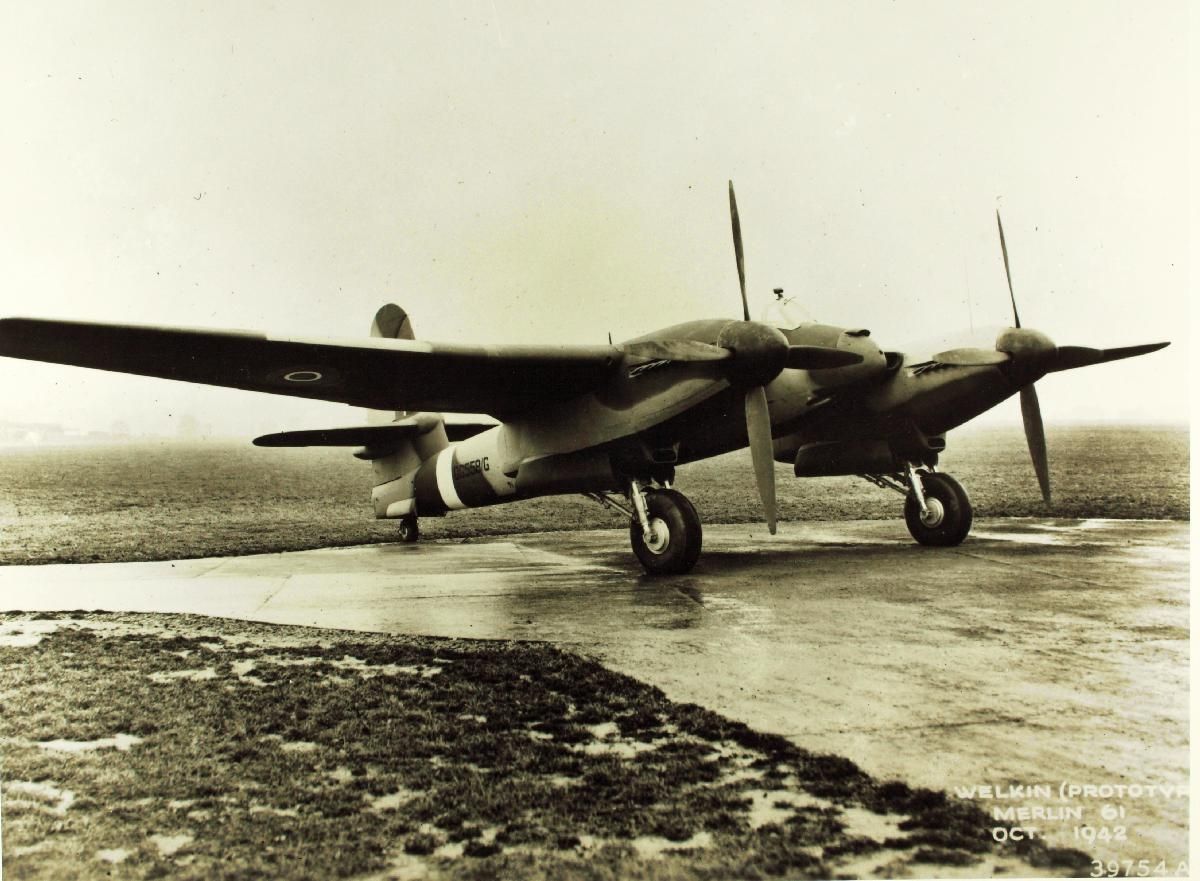
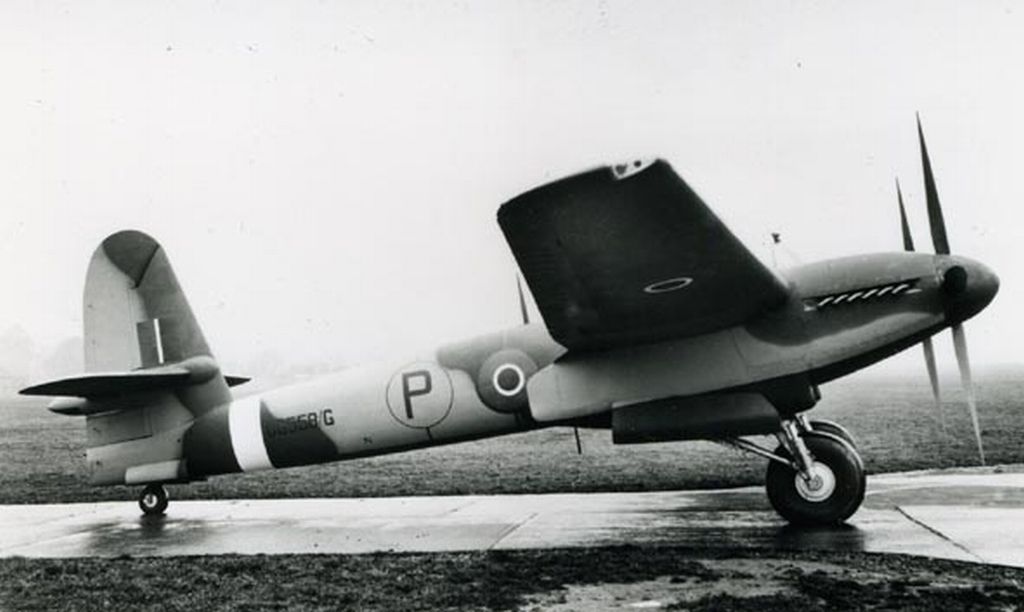
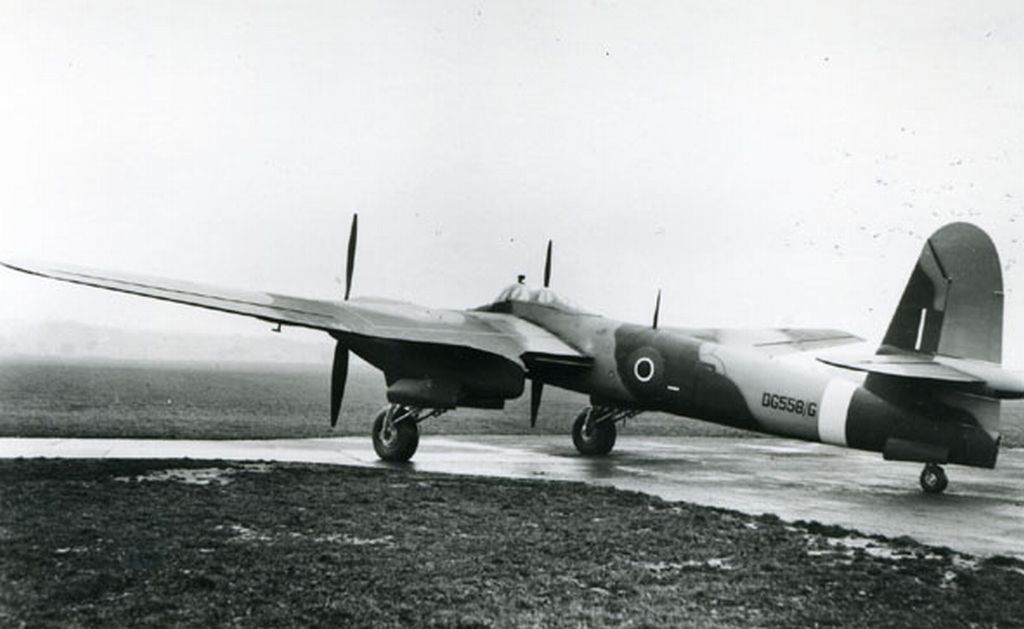
Above prototype with original fin.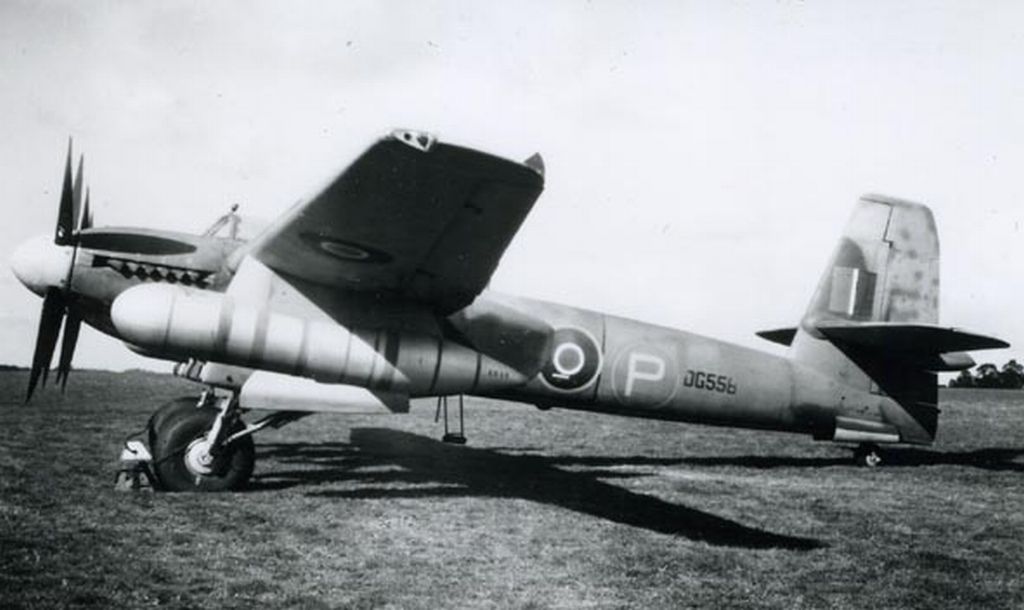

With revised fin.
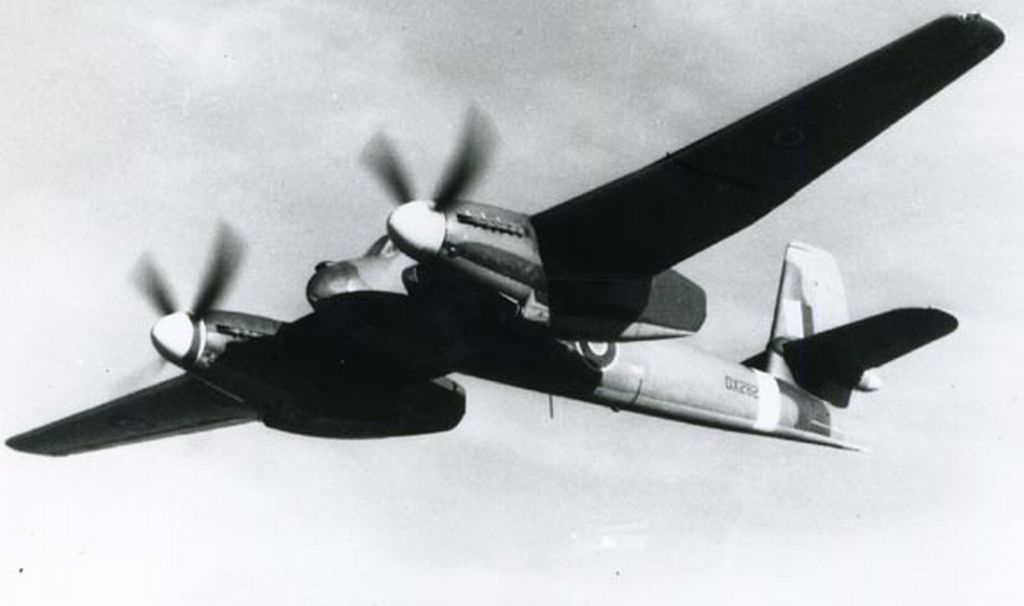

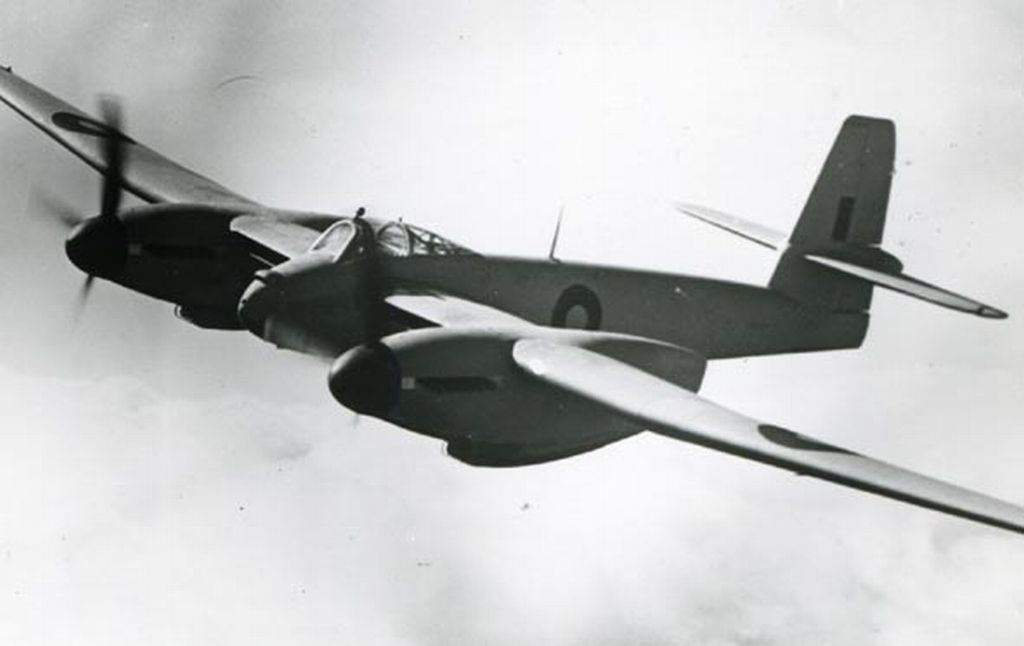
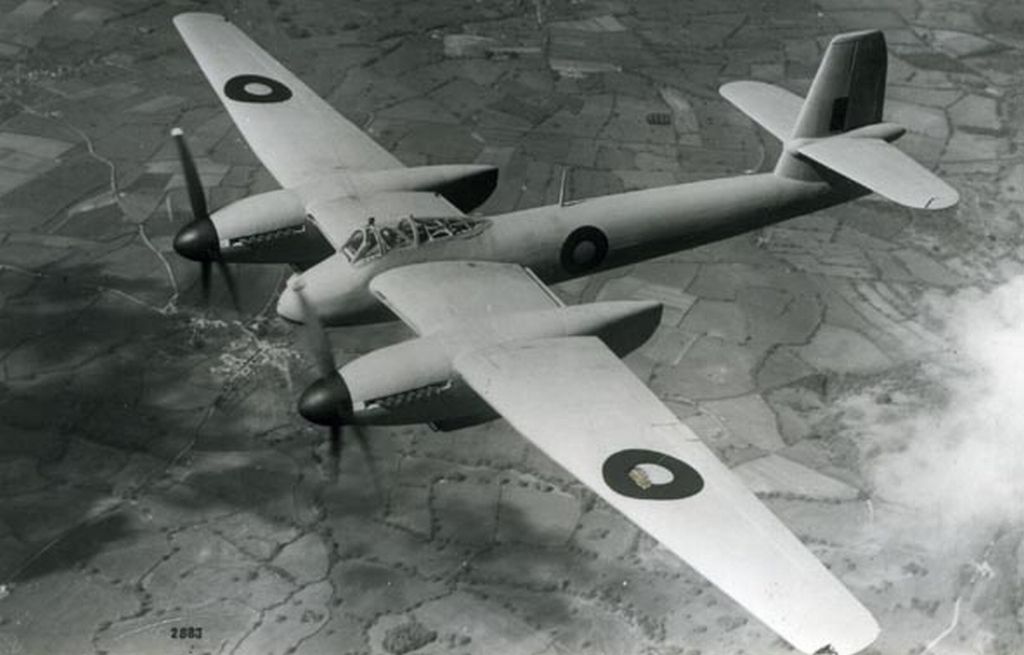
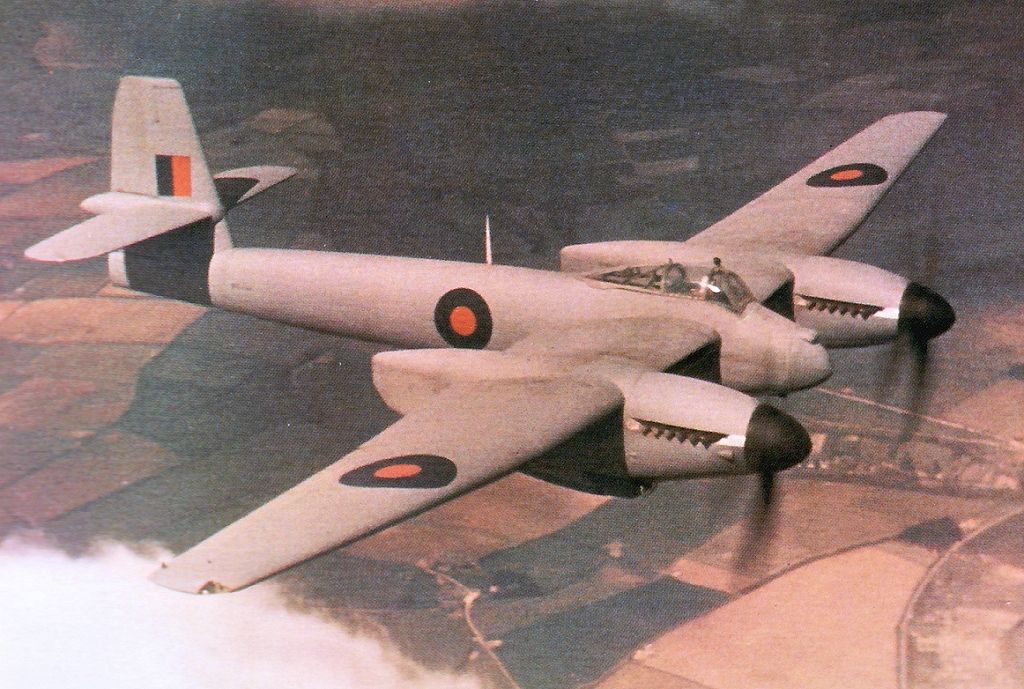
Above Mk-I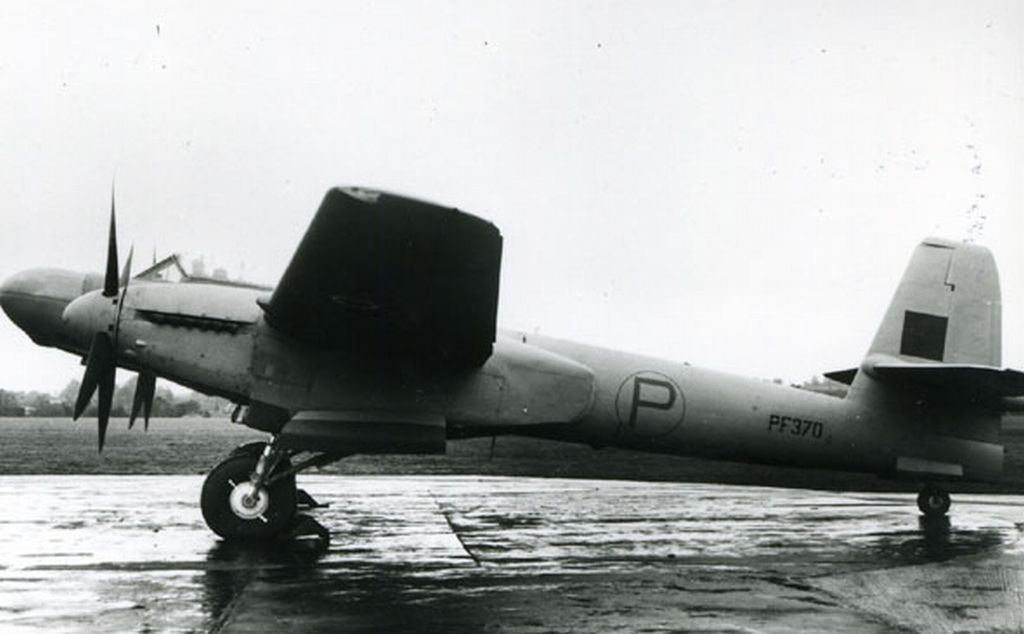
Above NF-II.
Regards Duggy
Post a reply
- Go to Previous topic
- Go to Next topic
- Go to Welcome
- Go to Introduce Yourself
- Go to General Discussion
- Go to Screenshots, Images and Videos
- Go to Off topic
- Go to Works in Progress
- Go to Skinning Tips / Tutorials
- Go to Skin Requests
- Go to IJAAF Library
- Go to Luftwaffe Library
- Go to RAF Library
- Go to USAAF / USN Library
- Go to Misc Library
- Go to The Ops Room
- Go to Made in Germany
- Go to Campaigns and Missions
- Go to Works in Progress
- Go to Juri's Air-Raid Shelter
- Go to Campaigns and Missions
- Go to Works in Progress
- Go to Skinpacks
- Go to External Projects Discussion
- Go to Books & Resources
